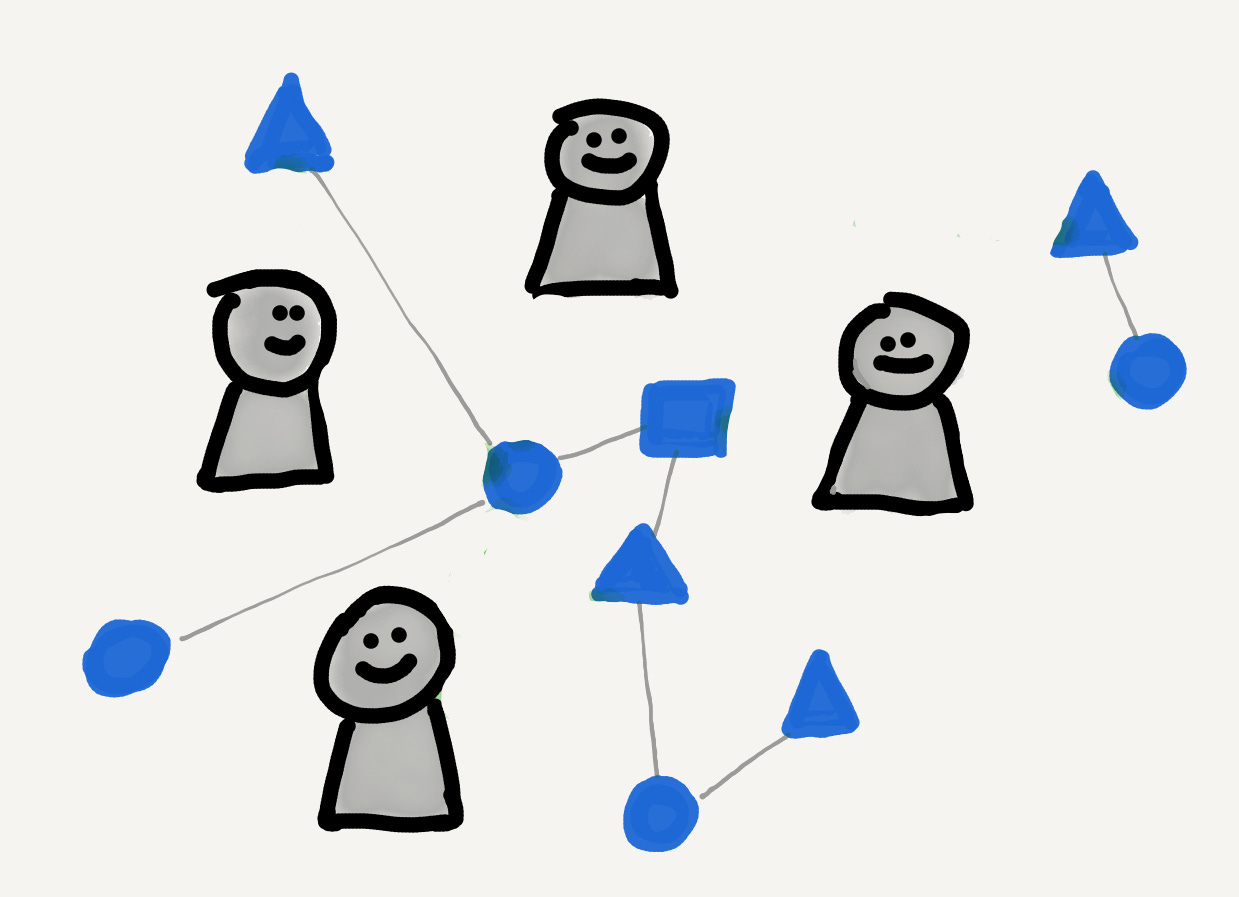Build up your team information environment.
Today’s one minute tip is:
use a consistent information architecture across tools.
For example: given you use JIRA Stories as the main unit of work and you have a team wiki, when you add information supporting the development of a story to the wiki, then this information should clearly reference the story: directly in the title or in some other clear and unambiguous way.
Or: given you distinguish several types of information (say delivery plans, playbooks and reference information) when you create and share a Google Doc to brainstorm ideas then you should clearly indicate what the ideas are about: are they proposals for future delivery plans? are they potential improvements to our playbooks (i.e. operating standards and methods)? or are they optional ideas that may be useful in some part of our work but do not constitute a solid commitment?
All this might sound simple but there’s a deeper thought behind it.
According to cognitive research:
“… the basic functioning mode of the human mind is not reasoning and planning, but interacting via perception and action with the environment.” — Francis Heylighen and Clément Vidal, Evolution, Complexity and COgnition group, VUB.
In order to go beyond simulating the office with your remote team I encourage you to look at your work not just as individual effort tied together by communication between people, but as a set of interactions with a distinct Team Information Environment made up of all the tools, services and technologies that you use.
Having a consistent information architecture across tools is one way to improve that environment …
… but the rabbit hole goes much much deeper than that.
What do you say? Shall we jump in?
